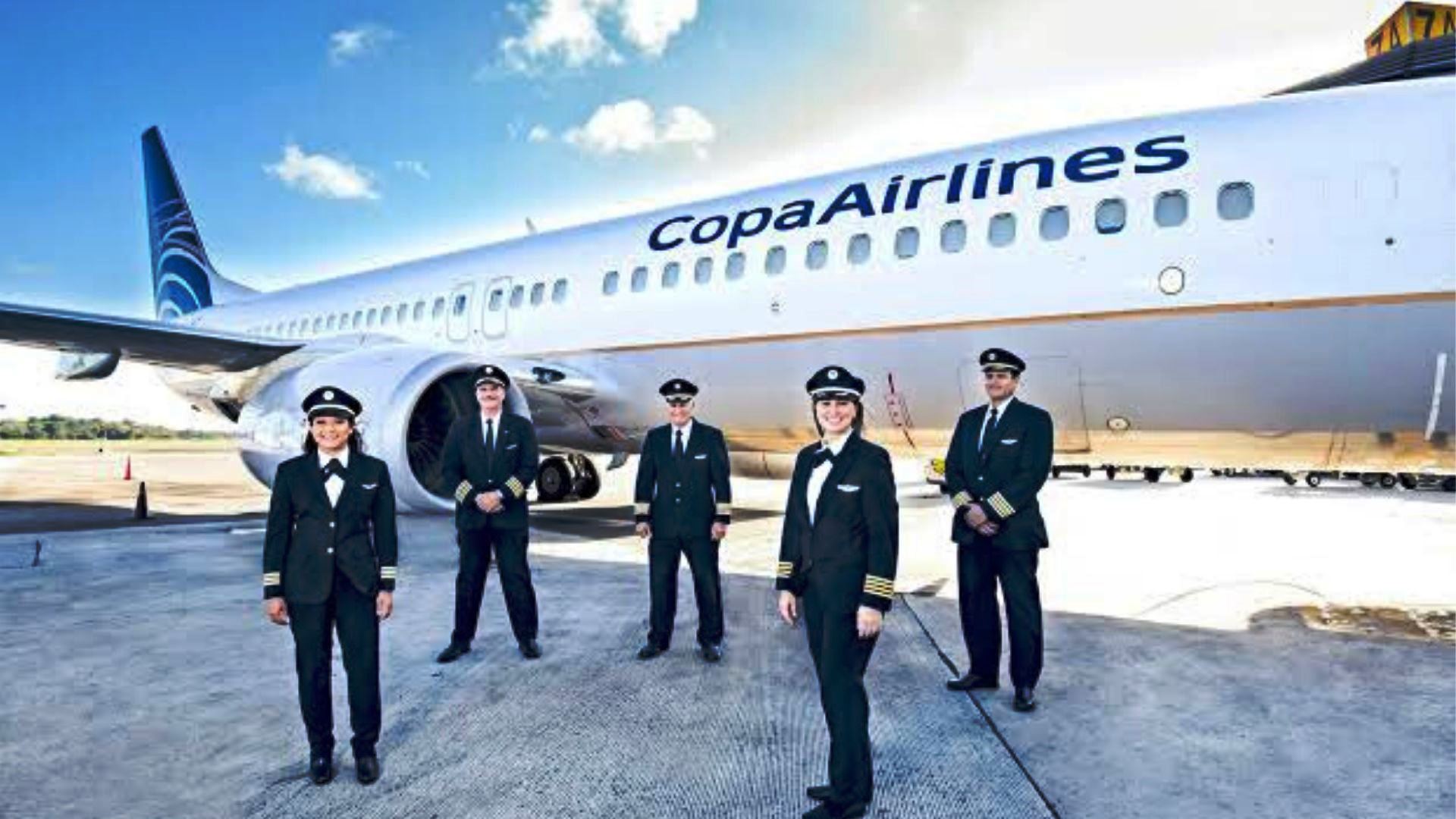Plan Your Korean Adventure: Quick and Easy South Korea Visa Application Guide

South Korea, which is a country that combines its cultural roots with the newest technological innovations, has accelerated its way to becoming one of the most popular tourist destinations in Asia. The range of things one can experience in this country goes from the lively streets of Seoul to the tranquil temples of Gyeongju, which are every bit as remarkable as the diverse mix of culture, food, modernity, and history. No matter whether your purpose of the trip is to indulge in leisure, engage in professional activities, or pursue educational aspirations, the first and most important thing to do is to get familiarized with the South Korea Visa process.
At first glance, leaks in visa applications might make one feel lost, yet having a good grasp of the whole process will turn it into a surprisingly easy venture. This guide is penned to support the peregrines in understanding all the facets of visa types, eligibility, documentation, and procedures that your Korean escapade can start without any undue burden and hassle-free.
Understanding the South Korea Visa System
The South Korea visa structure is made in such a way that it can cater to different types of travelers — whether they are tourists, students, businessmen, or long-term residents. Of course, the specific visa required will mainly depend on the traveler’s purpose. Usually, Tourists choose to apply for the C-3 visa, while professionals and students might have to go with the D or E series, which offer longer stay options.
A good number of countries’ nationals can travel to South Korea without a visa, as well as electronically through the K-ETA system (Korea Electronic Travel Authorization). The Country grants. This means that those who fall in this category can get into South Korea without going through the traditional visa application process for a limited time, which is usually 90 days. Nonetheless, it is crucial to check the status of your country’s eligible travelers before proceeding with your travel plans.
Choosing the Right Visa Type
Choosing the right visa category means your stay will be legal and uncomplicated. Here is a rundown of the most common alternatives:
Tourist Visa (C-3): Perfect for those traveling for fun, sightseeing, or visiting close friends and family.
Business Visa (C-2/E-series): For people who are going to meetings, conferences, or developing business connections.
Student Visa (D-2): Necessary for students who are attending Korean educational institutions that are recognized.
Working Holiday Visa (H-1): For young tourists who want to know about Korean culture and also do part-time jobs.
Employment Visa (E-series): For specialists who have contracts or job offers from Korean firms.
However, different visa types require specific documents and have validity periods; hence, it is advisable to either check the official embassy website or get in touch with a certified visa consultant.
Documents You’ll Need
The requirements for a South Korea Visa differ for each category, but still, the basic ones are almost the same: A Valid passport with: six-month validity period that must go beyond the intended stay.
Visa Application Form: The form is either available online or at the embassy.
Passport Photos: The photos should be recent and comply with the requirements set by the embassy.
Financial Means Proof: You can use bank statements or income certificates to show that you are able to support your stay financially.
Travel Itinerary: This includes your flight details, accommodation bookings, and your basic travel plan.
If applicable, Invitation Letter: For those who visit relatives, participate in business events, or attend academic programs.
The submission of proper and complete documentation can be a way to get rid of unnecessary delays or a refusal.
Application Process Simplified
The whole process of applying for a visa is very straightforward if you follow the steps:
1. Decide on the type of visa: Make sure that the category you have chosen is the one for your travel purpose.
2. Collect all the documents: Prepare every document that is required and go through the guidelines provided by the embassy carefully.
3. Application submission: You can submit your application at the nearest Korean embassy, consulate, or authorized visa processing center.
4. Payment of the fee: Visa fees vary depending on nationality and type; usually, payment is made upon submission.
5. Processing period: Most applications are processed within 5 to 15 business days, but it can depend on the case.
6. Collecting your visa: After approval, you can either pick up your passport with the visa or have it sent to you by courier if that option is available.
K-ETA applicants, however, find the process to be even more hassle-free as the online authorization typically gets approved in less than 24 hours.
Important Travel Tips
Before you arrive in South Korea, it is necessary to consider some practical tips that will greatly contribute to a hassle-free experience:
Check again the validity of your visa and make sure to leave the country before the expiration of the allowed time.
Make sure to have a digital and a paper copy of your visa, passport, and important documents.
Acknowledge local traditions — South Koreans are polite and respectful, and therefore, even a little cultural awareness will help you a lot.
Acquire travel insurance that includes coverage for medical emergencies and cancellation of your trip.
Try to memorize some basic Korean phrases, which can greatly help you in local interactions.
These minor points can turn your trip into a smoother and more pleasurable one.
Final Thoughts
The modern-day South Korea still attracts tourists with its perfect mix of old and new cultures, plus nature at its best. Most probably, the memories you make will be of a lifetime, whether you are traversing the dense jungles of Seoraksan National Park or walking the streets of Myeongdong with bright neon lights. But then, it all starts with one important step — the right visa to be issued.
The travelers who are after the smoothest and most certain application experience will find that the visa facilitation services, such as OneVasco, can be of great help. Besides making sure your paperwork is ready, they will also give you the most useful information regarding the submission process. You will soon discover that applying for a South Korea visa is no way near as complicated as it is often portrayed — it is just the first chapter of your wonderful Korean adventure.





